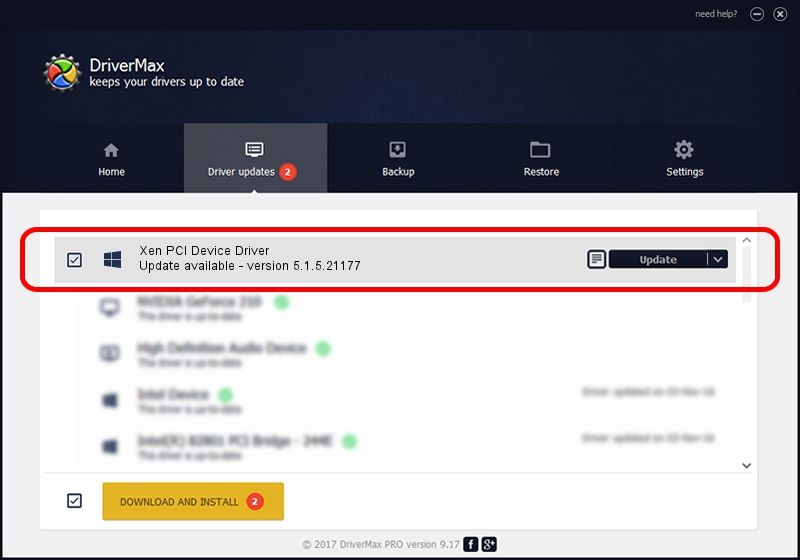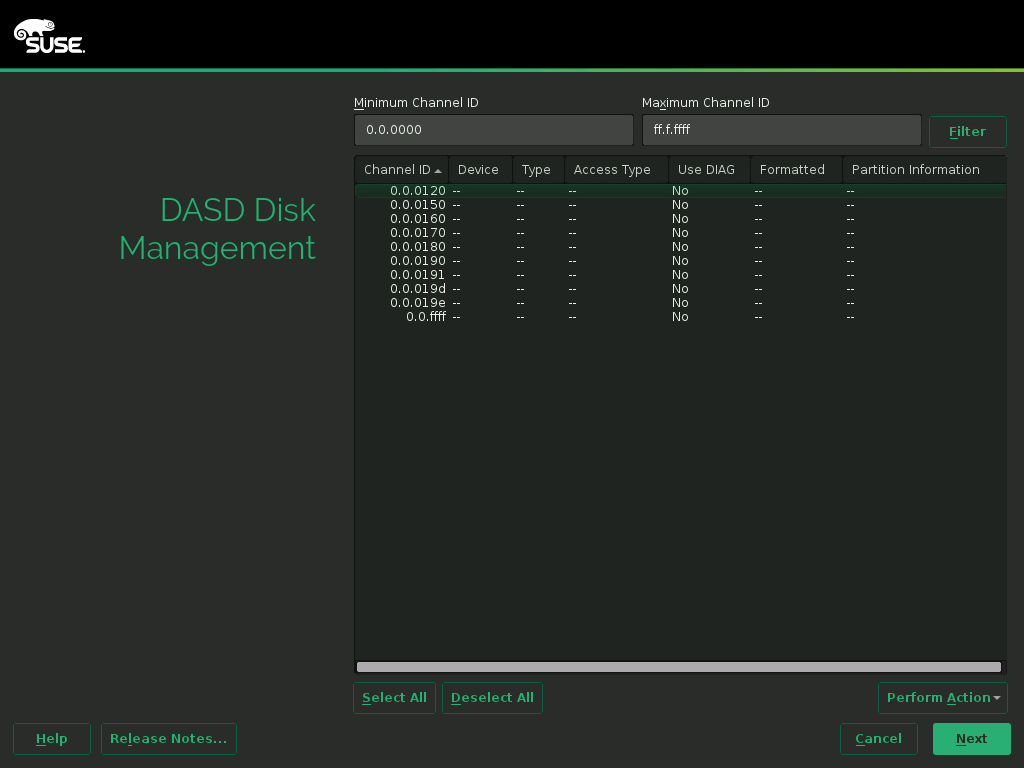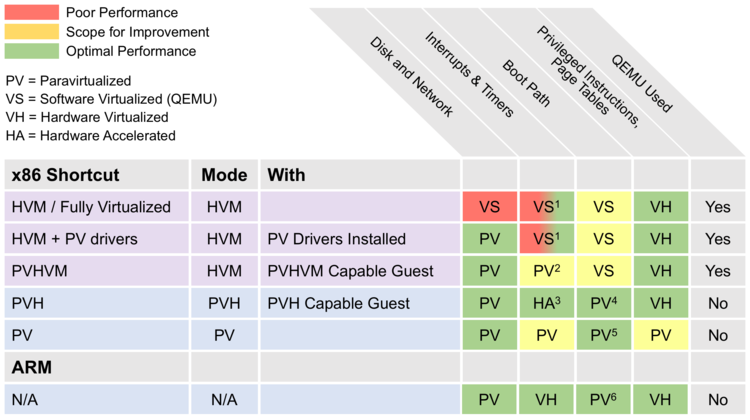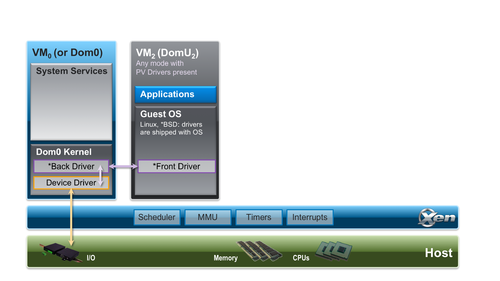Xen Gpl Pv Driver Developers Driver Download For Windows
- Xen Gpl Pv Driver Developers Driver Download For Windows
- Xen Gpl Pv Driver Developers Driver Download For Windows Xp
- Xen Gpl Pv Driver Developers Driver Download For Windows 7
Windows PV Network Class Driver To install a driver on your target system, unpack the tarball, then navigate to either the x86 or x64 subdirectory (whichever is appropriate), and execute the copy of dpinst.exe you find there with Administrator privilege. The GPLPV driver is a driver for Microsoft Windows, which enables Windows DomU systems virtualised in Xen to access the network and block drivers of the Xen Dom0. This provides a significant performance and reliability gain over the standard devices emulated by Xen/QEMU. The GPLPV driver is a free software driver developed by James Harper. Xenvbd is the driver that interfaces between the Windows scsiport miniport driver and the Linux blockback driver. Almost all of the Windows scsiport code runs at a very high IRQL, and there is a long list of things that cannot be done at a high IRQL. Install Xen GPL PV Driver Developers Xen Block Device Driver driver for Windows 7 x64, or download DriverPack Solution software for automatic driver installation and update.

|

See this table for a comparison of the feature sets of different Xen releases. Compatibility information can be found in the following two tables: Host Operating Systems and Guest Operating Systems.
Xen Gpl Pv Driver Developers Driver Download For Windows
Note that Linux Distributions and other operating systems, will upgrade to Xen 4.3 according to their own release schedules.
ARM Support
Xen 4.3 includes support for ARMv7-A Virtualization Extensions and the ARMv8 architecture. This support is classified as Technology Preview and is aimed at supporting ARM based servers when these are available.
- ARMv7 support has been validated on the Arndale Board, the Samsung XE303C12-A01 Chromebook, ARM Fast Models and the ARM Versatile Express.
- ARMv8 support has only been validated on ARM Fast Models. However, the Xen community is working with several ARM server hardware vendors to ensure that Xen will work with ARM servers, when these are available. More Info ...
Performance and Scalability Enhancements
- NUMA scheduler affinity has led to significant performance improvements on NUMA hardware.
- Scalability improvements increased support for physical RAM on hosts from 5TB to 16TB of RAM.
- A tool stack bottleneck limitation to 300 virtual CPUs was removed and Xen 4.3 has been tested for up to 750 virtual CPUs. With block protocol scalability improvements, users will see significant improvement in read/write performance and throughput with more than 6 guests on a single host.
More on NUMA ...More on Block Protocol Scalability ...
Improved Security
Besides including the latest security fixes (up to XSA 55), Xen 4.3 contains major improvements to it advanced security features.
- vTPM Enhancements: Xen 4.3’s virtual Trusted Platform Module (vTPM) subsystem has been extended to enable guest operating systems to more easily interact with it. Each guest now has access to unique emulated software but can only access keys that are released by a special vTPM manager domain. More Info ...
- The scope of the XSM/Flask security subsystem has been extended to cover both privileged and unprivileged APIs. This allows organizations like the NSA to further enhance Xen Project’s security by breaking down the control domain into smaller, compartmentalized units. More Info ...
More on Xen and Security ....
Upstream QEMU
QEMU Upstream is now the default for Virtual Machines that do not use stub domains. You can revert to QEMU traditional by adding
to your config file. QEMU upstream now supports:
- XL cd-{insert,eject}
- And enables dirtybit tracking during VM migration
Restrictions:
- QEMU upstream does not yet work with stub domains. Stub domains will still be created with qemu-traditional.
Toolstack Improvements
A number of additional features have been added to XL in Xen 4.3
- XL now accept several USB devices, rather than only one. You can use the following syntax:
- The old format is still supported.

- Open vSwitch hot-plug script support has been added as Experimental Feature to Xen 4.3 More Info ...Example Configuration ...
xl rebootnow accepts the-woption to wait for a VM to rebootxl shutdownnow accepts the--alloption, to shut down all VMs- xl domain config files now accept a
vgaparameter to switch between stgvga and cirrus, as well as improvedvideoramsettings. See the xl.cfg man page for more details. - xl host config file now accepts more default values for
vifparameters, includinggatewaydev,script, andbridge - xl now supports storage driver domains (see xl disk configuration)
Usability improvements
Xen 4.3 now installs into /usr/local by default.

Power Efficiency
Xen 4.3's cpuidle infrastructure now uses the MWAIT extension for all the processors that support it (modern Intel chips, i.e., Sandy Bridge, Ivy Bridge and later). This improves Xen Project’s power efficiency on those processors.
Tools
In Xen 4.3 the Serial Console was extended to support EHCI debug ports.
Hardware support
There has been a lot of hardware support added:
- Intel hardware virtualization for APIC (vAPIC)
- Support for newer VIA cpus
- Page offline recovery for AMD
- Enable WC+ memory type on AMD Family 10 processors
- xen: introduce generic framebuffer driver
- ACPI v5 support
- Miscellaneous fixes in serial console
Guest visible features
- Virtual Machine Check (vMCE) support; now memory errors in host memory can be passed into the guest to be handled gracefully
- 'TSC adjust' MSRs, for increased flexibility
- Support for 64-bit BAR space and devices with large BARs
- HVM firmware pass-through support
- Improved vPMU support for AMD and Intel processors, supporting better guest profiling options
- Windows 'generation ID' device, for better Viridian support
Tracing and debugging improvements
Tracing is used mainly by developers to debug and optimize Xen. Additions include:
- Break down PV trace records into different subcategories
- Improve hypercall tracing
- Trace hypercalls w/in a multicall
- Per-scheduler trace events
- gcov support, for analyzing test coverage
Other features and improvements
- Remove x86 32-bit and ia64 (itanium) hypervisors. 32bit VMs, including 32bit dom0, are still supported on a x86_64 64bit hypervisor.
- Many other scheduling improvements
- ext4 support for pygrub in CentOS 5
- Improved asynchronous interface for libxl
- dom0_max_vcpus more expressive
- Improvements to minios functionality
- Allow a VM to map iomem directly
- Update to SeaBIOS 1.7.1
- XENMEM_claim_pages hypercall
- New hotplug script implementation for dom0
You can find Xen 4.3 documentation in the following two locations:
We wanted to thank the various contributors to Xen 4.3 : for a complete list of contributions check the Xen 4.3 Acknowledgements.
Xen Gpl Pv Driver Developers Driver Download For Windows Xp
Xen 4.3 (and update releases) can be downloaded from the 4.3 Download Archives.
Xen Gpl Pv Driver Developers Driver Download For Windows 7

